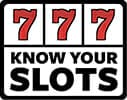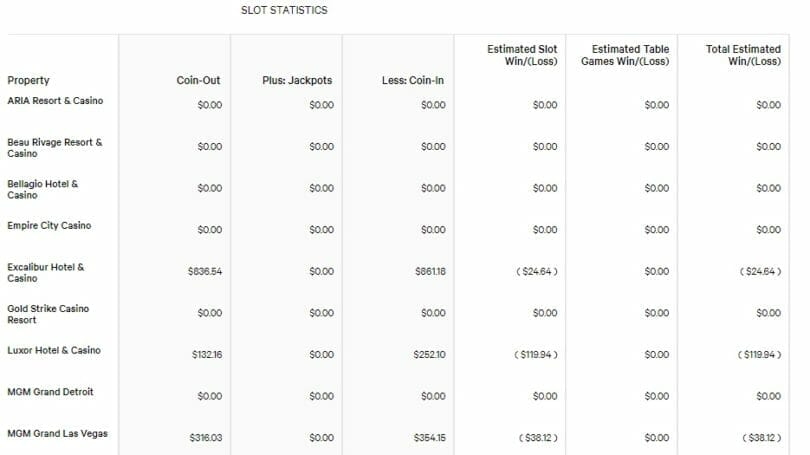Today’s vocabulary article will cover two sides of the same coin when it comes to the payout of slot machines. The terms Hold and Return to Player are effectively two related terms covering an aspect of slot machines – how much a casino is expected to keep for itself over time, vs. how much it is expected to pay out to the player.
Hold is, in short, the percentage of wagers a casino is estimated to keep for itself on slot machines. This is a similar calculation to what the House Edge on various table game bets would be – it’s an estimate over time, mathematically worked out based on wagers over time.
A given session may not match up with it, but taken across thousands (and more likely millions) of wagers, it will move closer and closer to the expected Hold.
A simple math example is if a game is expected to hold 8% of wagers for the house of time, a game would, over time, be expected to keep $8 out of every $100 wagered through it. It won’t be a perfect, consistent process – otherwise you’d lose exactly 8 cents every time you wagered $1 – but it will reach that point over lots of play and sessions.
In contrast, the Return to Player is what a slot machine is expected to pay players on average. Using the same example above, an 8% hold would be a 92% Return to Player, meaning the game is expected to pay out $92 for every $100 wagered, again over time.
Most games on the casino floor are designed to approach their expected Return to Player across hundreds of thousands of spins, which is why the roll-up is more informative than 100 spins or 1,000 spins through a machine.
When you look at rolled up payback data for a given casino or market, what you’re seeing is actual data, and the more wagers and time factored in, the more likely it’s going to be closer to the Return to Player and Hold numbers.
If you see casinos with pretty consistent data, you can have a pretty good idea they’re managing their floor to a certain set of numbers. Data can change for a variety of reasons, though – casinos make changes to what they want their hold to be, new owners roll in with different expectations, older games with lower holds are swapped out with new games with higher holds, a shift in the denomination mix on the floor, etc. So it helps to look at the data periodically when available to see what your best bets will be.








